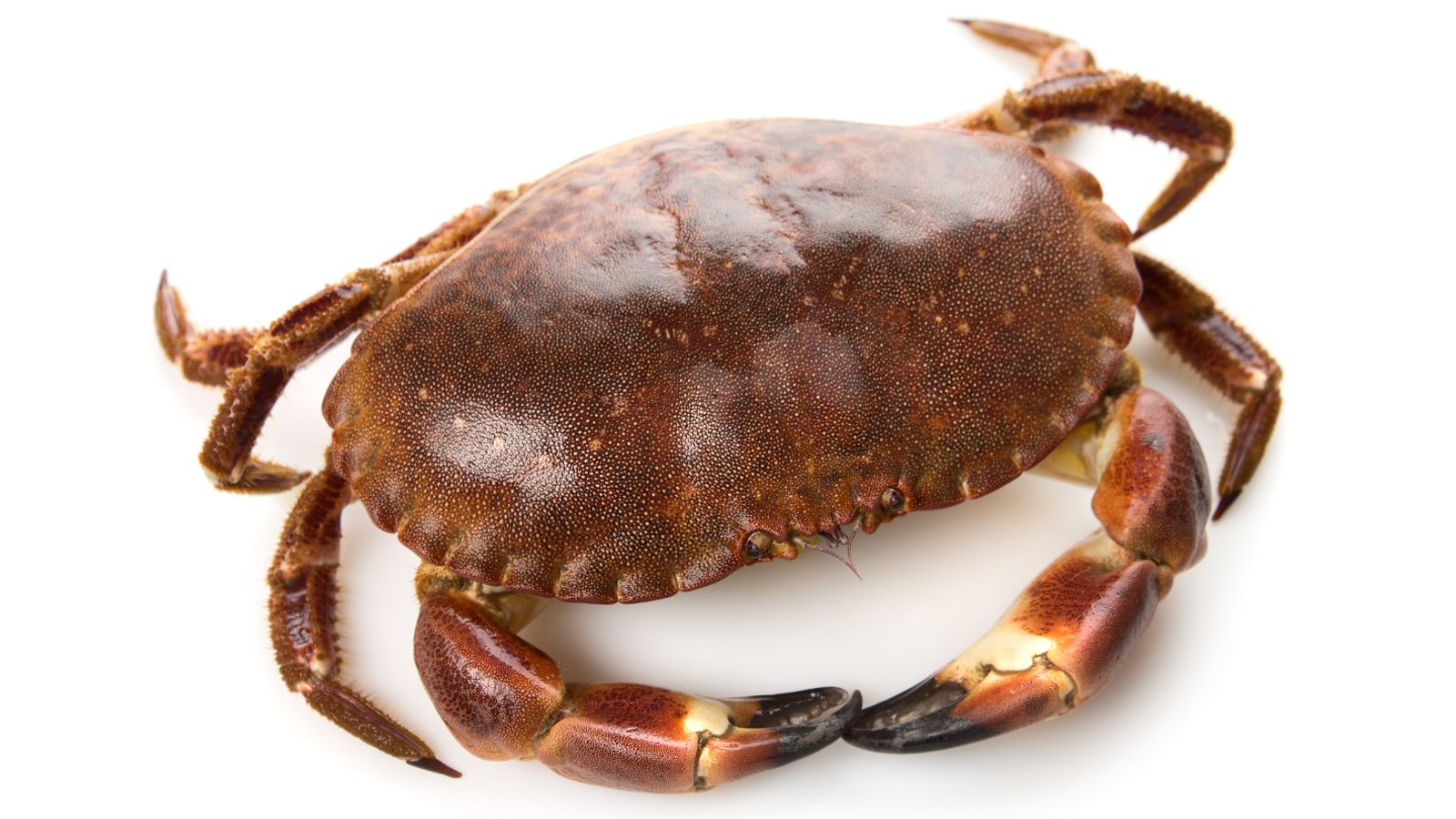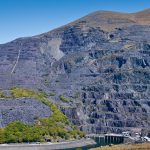Brown crabs are mesmerised by underwater power cables for renewable energy sources, scientists have found.
The cables emit an electromagnetic field which causes them to sit still, leading to biological changes that could lead to greater infection risk, according to a study.
Researchers are concerned about the drop in activity levels because it means crabs are spending less time foraging for food or looking for a mate.
Their decreased movement also leads to changes in the creatures’ sugar metabolism, meaning they store more sugar and produce less lactate, just like humans.
Kevin Scott at St Abbs Marine Station said exposure to higher levels of electromagnetic field strength altered the number of blood cells in the crabs’ bodies.
“This could have a range of consequences, like making them more susceptible to bacterial infection,” he said.
Offshore wind farms requiring extensive underwater cabling are installed and planned around Scotland’s coast, and researchers fear they could destabilise the nation’s brown crab population if precautions are not taken.
Shakira says she was attacked by wild boars in Barcelona park
Climate change: Ivory-billed woodpecker among 23 species declared extinct as scientists warn world faces ‘extinction crisis’
New York: Hundreds of migrating songbirds die after crashing into skyscrapers
Changes in the species’ behaviour could impact fishing markets, as the crabs are the UK’s second most valuable crustacean catch and the most valuable inshore catch, the analysts said.
Please use Chrome browser for a more accessible video player
Alastair Lyndon, from Heriot-Watt University, said male brown crabs usually migrate up the east coast to Scotland.
“If miles of underwater cabling prove too difficult to resist, they’ll stay put,” he said.
“This could mean we have a build-up of male crabs in the south of Scotland, and a paucity of them in the northeast and islands, where they are incredibly important for fishermen’s livelihoods and local economies.”
:: Subscribe to ClimateCast on Spotify, Apple Podcasts, or Spreaker.
He suggested burying the cables in the seafloor but acknowledged that this can be expensive and would make maintenance more difficult – or even impossible in some situations.
“We need to investigate further technical solutions so that we don’t create negative environmental effects while trying to decarbonise our energy supply,” he added.
The study involved 60 brown crabs at the St Abbs Marine Station in the Scottish Borders.
The magnetic field attracts the crabs when it is at a strength of 500 microteslas and above, which is about 5% of the strength of a fridge door magnet.






















